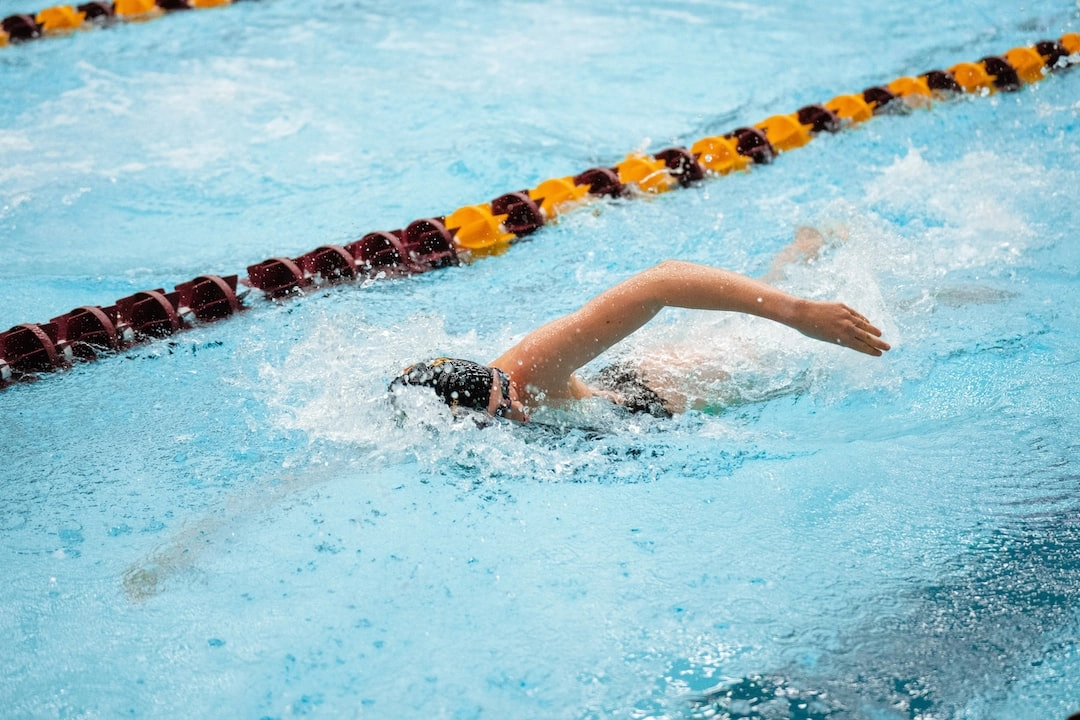
What it is:
Sports turf management refers to the practices and techniques used to maintain and care for the turf or grass surfaces in sports fields, stadiums, and other sports facilities. Traditionally, the management of sports turf has involved the use of chemical pesticides, synthetic fertilizers, and excessive water consumption. However, there is a growing emphasis on adopting eco-friendly approaches that prioritize sustainability and environmental stewardship.
Real-World Problems:
1. Chemical Pollution: The use of chemical pesticides and fertilizers in sports turf management can lead to water, soil, and air pollution. These chemicals can contaminate nearby water bodies and have harmful effects on local wildlife and ecosystems. Additionally, prolonged exposure to these chemicals can pose health risks to athletes and groundskeepers.
2. Water Consumption: Maintaining healthy sports turf often requires frequent watering, which can result in excessive water consumption. In regions experiencing water scarcity or droughts, this can exacerbate the problem and strain local water resources. Finding eco-friendly irrigation methods and implementing water-conservation techniques is essential.
3. Resource Intensity: Traditional sports turf management practices rely heavily on finite resources such as energy, water, and synthetic materials. This overconsumption puts a strain on the environment and contributes to greenhouse gas emissions and climate change. Adopting sustainable and resource-efficient approaches can help mitigate these issues.
4. Biodiversity Loss: Conventional sports turf management practices often prioritize a uniform and manicured appearance, leading to the loss of natural habitats and a decline in biodiversity. The use of pesticides and herbicides can harm beneficial insects, pollinators, and soil organisms. Implementing eco-friendly practices that support native plant species and encourage wildlife habitats is essential for preserving biodiversity.
5. Cost and Maintenance: Traditional sports turf management practices can be costly, requiring significant expenditures on fertilizers, pesticides, and maintenance equipment. Adopting eco-friendly approaches may initially require an investment in sustainable infrastructure and practices. However, in the long run, they can lead to cost savings, reduced maintenance needs, and a healthier playing surface.
6. Public Perception and Health Concerns: Sports facilities that employ environmentally harmful turf management practices may face backlash from environmentally conscious individuals and communities. Concerns about athlete and public health, as well as the environmental impact, can affect the reputation and image of sports organizations and facilities.
Implementing eco-friendly approaches to sports turf management is necessary to address these real-world problems. By prioritizing sustainability, minimizing pollution, conserving resources, and supporting biodiversity, sports facilities can become leaders in environmental stewardship and contribute to a healthier planet.

Solutions for Eco-Friendly Sports Turf Management:
1. Organic and Biological Pest Control:
Implementing organic and biological pest control methods can effectively manage pests without relying on harmful chemical pesticides. This includes introducing beneficial insects, using natural repellents, and practicing integrated pest management (IPM) strategies.
2. Sustainable Irrigation Practices:
Adopting water-efficient irrigation systems, such as drip irrigation or smart irrigation technology, can significantly reduce water consumption. Implementing proper scheduling, monitoring soil moisture levels, and using rainwater harvesting techniques can also optimize water usage.
3. Soil Health Management:
Prioritizing soil health through practices like regular aeration, topdressing with organic matter, and proper nutrient management can enhance turf resilience, reduce the need for synthetic fertilizers, and promote natural nutrient cycling.
4. Native and Low-Maintenance Turfgrasses:
Choosing native and low-maintenance turfgrass species that are well-adapted to the local climate and require minimal inputs can reduce the need for synthetic fertilizers, pesticides, and excessive watering.
5. Integrated Turf Management:
Adopting a holistic and integrated approach to turf management involves considering factors such as cultural practices, proper mowing techniques, and effective turfgrass selection. This approach promotes overall turf health and reduces the reliance on chemicals.
6. Education and Training:
Providing education and training to groundskeepers, athletes, and facility managers about sustainable turf management practices is crucial. This can ensure proper implementation of eco-friendly techniques and foster a culture of environmental responsibility.
7. Community Engagement:
Engaging with the community and raising awareness about the importance of eco-friendly sports turf management can garner support and encourage participation. Involving local stakeholders, including players, fans, and community members, can lead to collective action and sustainable change.
Implementing these solutions can transform sports turf management into a sustainable game changer. By prioritizing environmental responsibility, sports facilities can set a positive example for the industry and contribute to a greener future.















